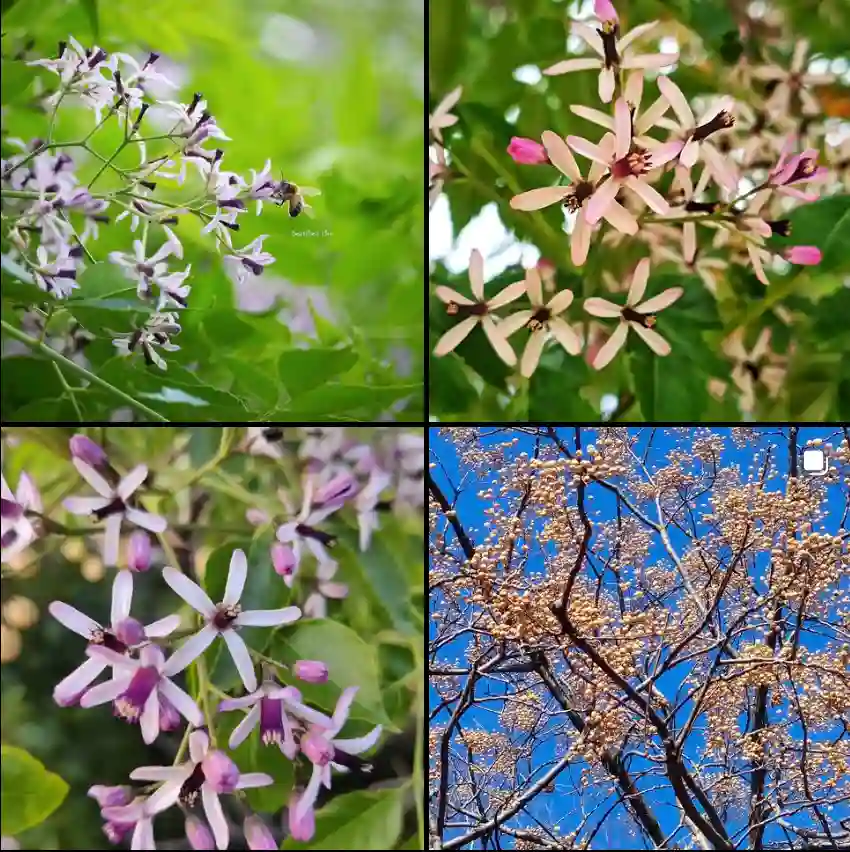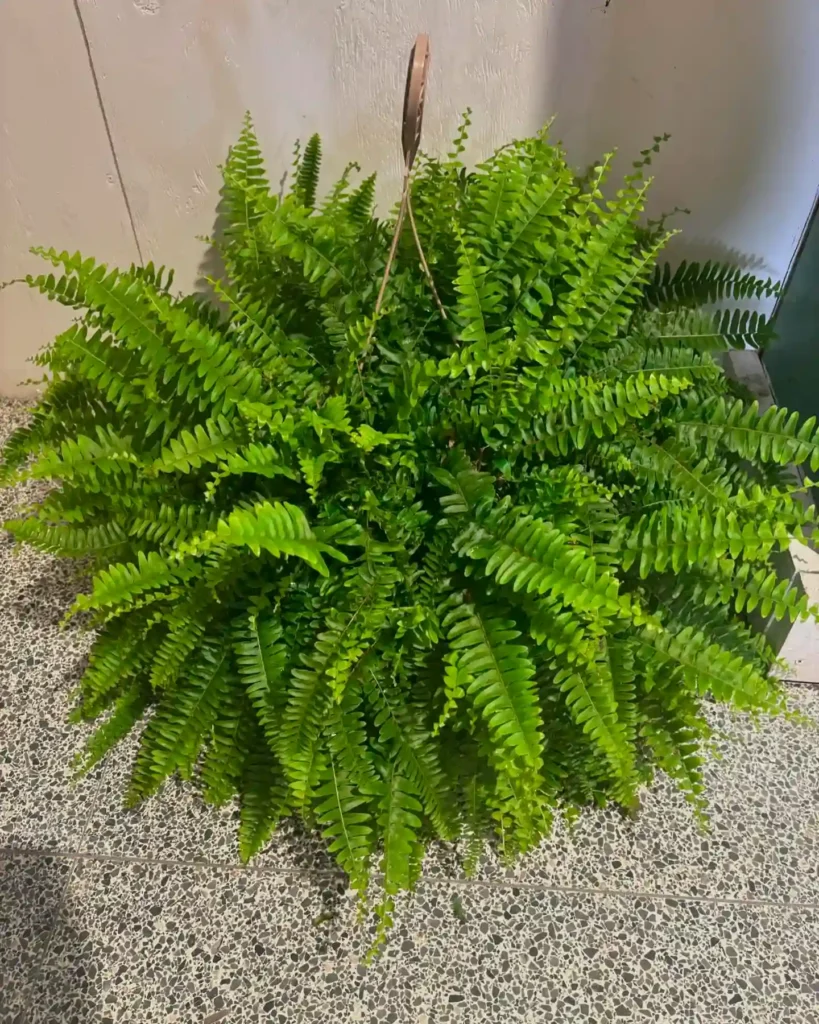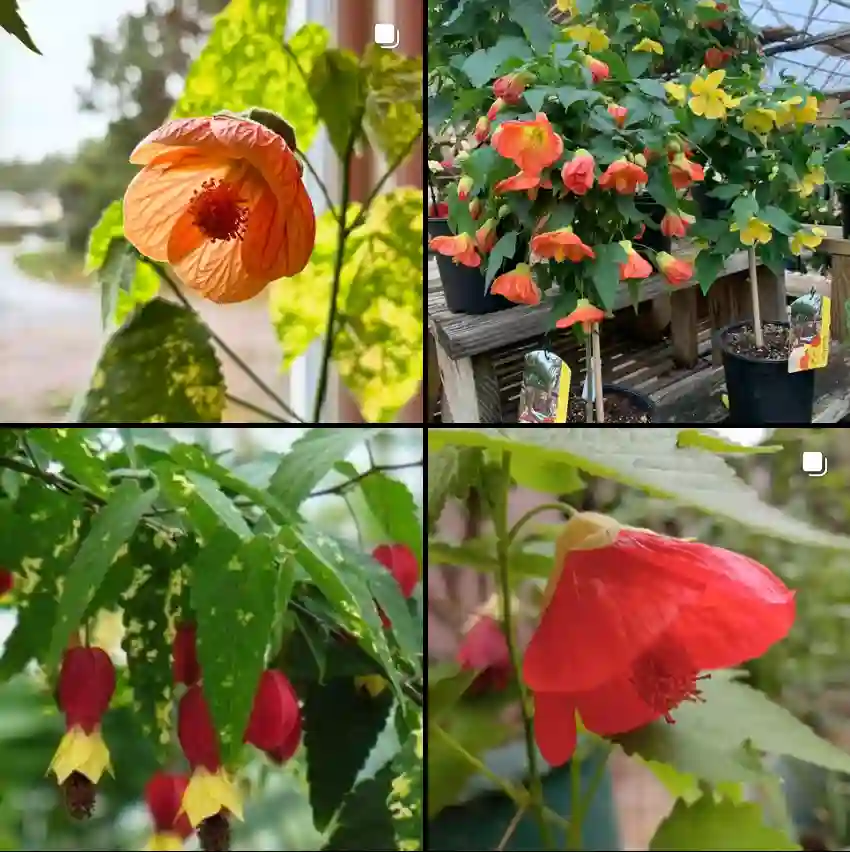Sansevieria Cleopatra: Your Guide to the Easy-Care, Striking Snake Plant
Hi, Ferb Vu here. I’m a plant enthusiast and I frequently get asked about the Sansevieria Cleopatra, a captivating member of the snake plant family. This low-maintenance beauty has captured the hearts of many with its architectural form and unique foliage. Today, I’m here to answer all your burning questions about the Sansevieria Cleopatra.
What is a Sansevieria Cleopatra?
The Sansevieria Cleopatra is a cultivar, a cultivated variety, of the Sansevieria genus. These succulent plants are known for their upright, sword-like leaves and tolerance for neglect. The Sansevieria Cleopatra stands out with its distinct foliage. Its leaves boast a vibrant green base adorned with vertical stripes in a rusty-brown hue. This unique coloration adds a touch of drama to any indoor space.
Sansevieria Cleopatra vs Silver Blue
I find my Sansevieria Cleopatra to be an absolute showstopper with its intricate patterns, while the Silver Blue captivates me with its cool, silvery tones that add a modern touch to my collection.
Is the Sansevieria Cleopatra easy to care for?
Absolutely! One of the biggest draws of the Sansevieria Cleopatra is its ease of care. This makes it a perfect choice for plant beginners or those with busy lifestyles.
- Light: The Sansevieria Cleopatra thrives in low to bright, indirect sunlight. Avoid harsh, direct sunlight, which can scorch the leaves.
- Watering: Overwatering is the enemy of this plant. Water deeply only when the soil feels completely dry to the touch. Err on the side of underwatering as Sansevieria Cleopatra can tolerate some drought.
- Soil: A well-draining potting mix is crucial. Look for a cactus or succulent mix that allows excess water to drain freely.
- Temperature: The Sansevieria Cleopatra prefers average room temperatures between 65°F and 80°F (18°C and 27°C).
- Fertilizer: This is not a high-maintenance feeder. A light application of balanced fertilizer once or twice during the growing season (spring and summer) is sufficient.
With minimal effort, you can enjoy the beauty of the Sansevieria Cleopatra for years to come.
How big does a Sansevieria Cleopatra get?
The Sansevieria Cleopatra is a relatively slow grower, typically reaching a mature height of 12-18 inches (30-45 cm). Its compact size makes it ideal for apartments, offices, or any space where floor space is limited.
Does the Sansevieria Cleopatra flower?
While not a frequent occurrence, the Sansevieria Cleopatra can surprise you with fragrant white flowers during the springtime. These blooms appear on a tall stalk that emerges from the base of the plant. The flowers themselves are small and tubular, with a delicate, sweet fragrance.
How is the Sansevieria Cleopatra different from other Snake Plants?
There are over 70 known varieties of Sansevieria, each boasting unique characteristics. Here’s a quick comparison of the Sansevieria Cleopatra to two popular snake plants:
- Sansevieria Trifasciata ‘Laurentii’ (Bird’s Nest Snake Plant): This classic snake plant features dark green leaves with bold, yellow margins. It grows taller than the Sansevieria Cleopatra, reaching up to 3 feet (0.9 meters) in height.
- Sansevieria Moonshine: This snake plant is known for its silvery-green leaves with a subtle wave or curl. It also grows taller than the Sansevieria Cleopatra, reaching up to 2-3 feet (0.6-0.9 meters) in height.
- Sansevieria Cleopatra vs Silver Blue: Distinguishing between Sansevieria Cleopatra and Sansevieria Silver Blue becomes more evident as they mature: Cleopatra develops longer leaves, while Silver Blue showcases thicker and broader leaves.
The choice between these snake plants depends on your preference for size, color variation, and overall aesthetic.
Can I propagate the Sansevieria Cleopatra?
Absolutely! The Sansevieria Cleopatra can be easily propagated through division or leaf cuttings.
- Division: During repotting, you can carefully divide the plant’s rhizomes (underground stems) to create new plants. Ensure each division has healthy roots and leaves.
- Leaf Cuttings: Cut a healthy leaf from the base of the plant. Allow the cut end to callous over for a few days before planting it in a well-draining potting mix.
Propagation allows you to share the beauty of your Sansevieria Cleopatra with friends and family, or simply create more plants for your own enjoyment.
Is the Sansevieria Cleopatra air purifying?
Many snake plants, including the Sansevieria Cleopatra, are known for their air-purifying properties. Studies suggest they can remove common indoor air pollutants like formaldehyde and benzene. While not a substitute for proper ventilation, the Sansevieria Cleopatra can contribute to a healthier indoor environment.
Here are some additional tips for keeping your Sansevieria Cleopatra happy:
- Rotate the plant occasionally to ensure even growth on all sides.
- Wipe down the leaves with a damp cloth to remove dust and maintain their shine.
- Repot every 2-3 years or when the plant outgrows its current pot.
- Enjoy the occasional surprise! While not a frequent bloomer, the Sansevieria Cleopatra’s fragrant flowers can be a delightful treat.
Final Thoughts
The Sansevieria Cleopatra is a true gem for plant enthusiasts. Its architectural form, striking foliage, and low-maintenance nature make it a perfect addition to any home or office. With proper care, this easy-going succulent will reward you with its beauty for years to come.
I hope this comprehensive guide has answered all your questions about the Sansevieria Cleopatra. If you’re looking for a low-maintenance, air-purifying plant with a touch of drama, this captivating snake plant might be the perfect choice for you.
If i die, water my plants!



